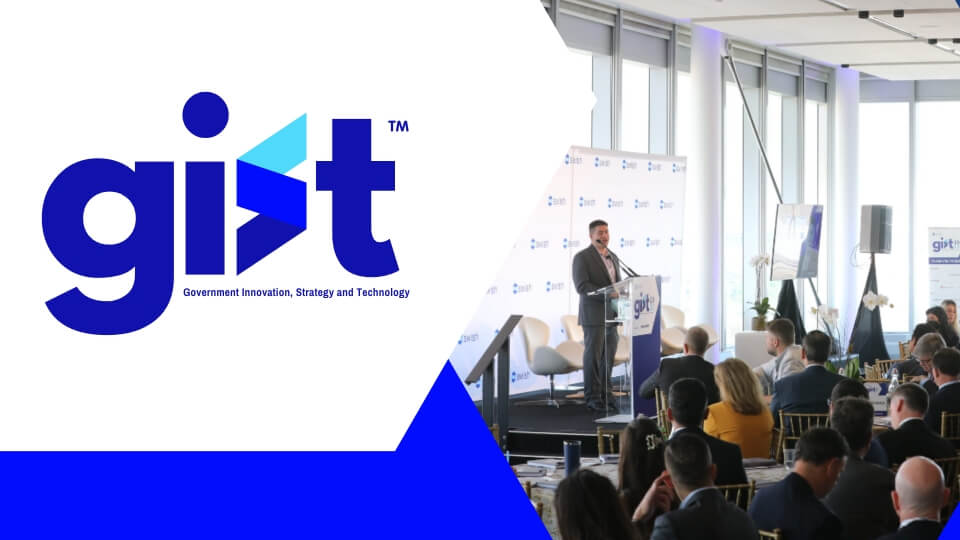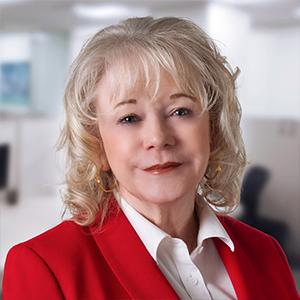
At a time when it was still dicey as to whether people were ready to attend live events again, Swish took the lead and delivered the inaugural GIST22 conference on top of the beautiful International Spy Museum in Washington DC on May 19, 2022. Focusing on next generation technologies we brought top decision-makers from the federal technology community together to discuss the ongoing digital transformation across government, agencies’ adoption of zero-trust security principles in line with the president’s cyber executive order, how performance engineering leads to better customer service outcomes, and much more.
The event attracted 246 attendees with over 70 government agencies represented and presented an A-list of government executive speakers. Here are some of the highlights.
The Army is Using AIOps to Deliver Higher Quality Services and Enable Faster Decisions
Liz Chirico, Acquisition Innovation Lead, Office of the Deputy Assistant Secretary of the Army for Procurement, had an interesting story to tell.“Our team explores ways to apply technology, to improve, acquisition and contracting business processes. We’re looking at robotic process automation, artificial intelligence, natural language processing, optical character recognition, and tools like that, to make the workforce’s life easier. That could be populating data in a way to help make better decisions, taking a human out of the loop because the decision doesn’t require critical thinking, or freeing people up to make those critical thinking decisions.”
“In January of 2020, we deployed our first acquisition bot, called DoRA (Determination of Responsibility Assistant) bot. There’re hundreds of thousands of acquisition contracting processes required in accordance with federal acquisition regulations. DoRA is automating just one, but it was one that took about an hour and cut it down to five minutes. We have 8,000 users of DoRA in the Army and the Navy and Air Force are using it as well.”
“DoRA decreases touch time on some low value tasks. It’s going to websites, getting information, populating it into a user-friendly report and sending it back, increasing the user’s decision space. It’s also increasing compliance with less touch time, decreasing the number of oversight hours required for our business operations teams and reducing errors. It’s saving about 13 days a year for each specialist.”
“Imagine applying it to required policies. Most federal agencies can relate to compliance. There’re a lot of policies we have to comply with and they change constantly. If there’s any way to automate compliance, you’re taking a lot of risk, risk for error, and or misinterpretation out of the loop.”
OSD on the Importance of Revolutionizing your Workforce
When Danielle Metz, Chief IT Strategist, Office of the Secretary of Defense, was asked how cloud is improving innovation and enabling better outcomes, she had this to say. “Over the past two years, we’ve, embarked on a digital transformation but what’s more powerful than modernization is revolutionizing how a workforce behaves and executes their mission, and how DoD delivers technology that is useful and at the speed of relevance for the warfighter who is not in the U.S., but at the tactical edge where they need to have ubiquitous access to the power of compute.”
“At the start of the pandemic, the Pentagon went to 100% remote work and quickly realized that everything was crashing, because it was built to function inside the building. In solving this problem we wanted to ensure that we had an enterprise solution so we could behave as an enterprise for the department. Within 30 to 45 days, we were partnered with Microsoft, U.S. Cyber Command, DISA, the military services and joint staff and deployed Microsoft Teams. Within 60 days, we had around 2 million users. It was the largest Team’s rollout in the world. “
“You have to consider your plans and strategies to ensure a digital workforce that is able to use the technology you implement. If you’re able to get technology and perfect your processes but don’t have a plan to enable your workforce, you’ve still failed. My favorite word, that some of the panelists have mentioned, is ‘democratize’ excellence. Democratize the ability for everyone in the department to have access to and know how to use the technology that we are providing. “





